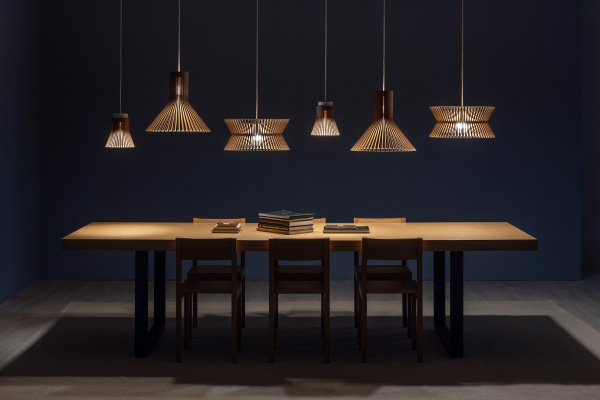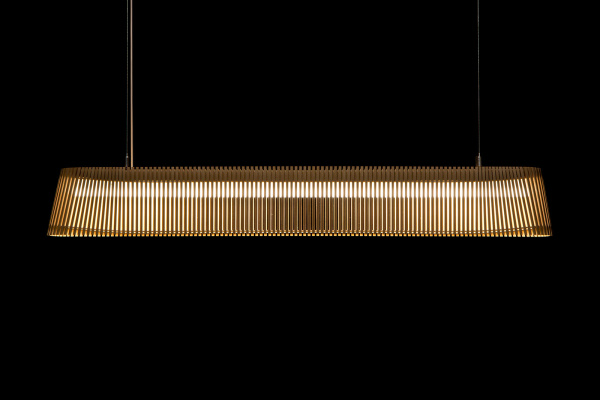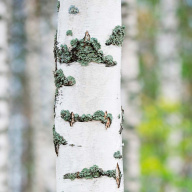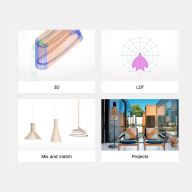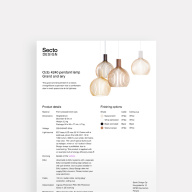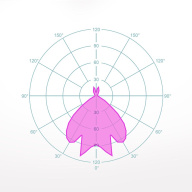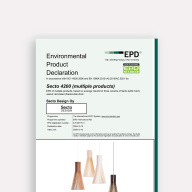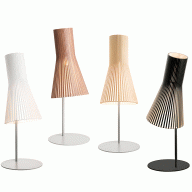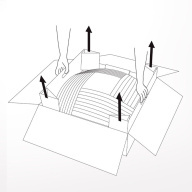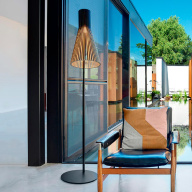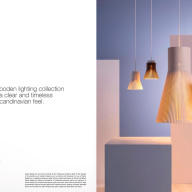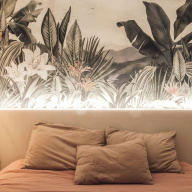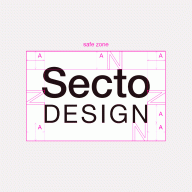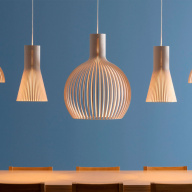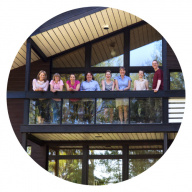An interview with Seppo Koho by Rebecca Blakstad
As the world becomes increasingly conscious of sustainability and mindful living, more and more individuals are seeking ways to incorporate these values into their everyday lives. One area where this has become particularly evident is in the field of design, where eco-friendly and sustainable materials are being used to create beautiful and functional products that are both aesthetically pleasing and environmentally responsible.
In this article, I had the pleasure of speaking with architect Seppo Koho, the visionary designer behind the iconic wooden Secto Design lighting collection. With a career spanning over three decades, Seppo has established himself as a pioneer in sustainable and innovative design, crafting timeless pieces that are celebrated worldwide for their minimalism, functionality, and elegance.
Join us as we delve into the mind of one of the most renowned designers of our time and gain a deeper understanding of the power of design to shape our world for the better.
Hi Seppo - lovely to meet you! How would you describe your design philosophy, and how has it evolved over the years since you first started creating lighting fixtures?
Over the years, there haven't been many changes in my design philosophy. I am still aiming to have a strong idea and trying to create new things with a slogan “less is more”. I notice again and again that my designs are created using clear basic shapes, like squares, circles and triangles, which I like to multiply into circular shapes.

The award-winning architect Seppo Koho has designed all the iconic Secto Design lamps. He is inspired by northern birch wood and traditional woodworking techniques.
What role does Finnish culture, tradition, and nature play in your design process and the aesthetics of Secto Design products?
I have recently started to understand that the lighting conditions here in Finland have affected the kind of light I wanted the lamps to create. Low sunlight angles and the long shadows it creates have left a mark on my subconscious, from which the idea for Secto lamps was born.
What are some unique or unconventional materials or techniques you have experimented with in your designs, and how have they influenced your work?
My creations are made by using traditional materials and techniques. I am still as interested in wood as a material as I was at the beginning of my career. We need to understand that the most important thing in the field of design is the design itself. Materials should always support the design idea. And I truly believe that by using wood as a material and working with it in a traditional wood workshop, many new ideas for lighting and furniture can still be developed.
Can you share with us a memorable experience or a specific project that had a significant impact on your personal growth as a designer?
Hard to say anything specific, but after a longer period I can very well notice how my own understanding has developed as the plans progress. After an idea is born, it evolves at every stage. It is like climbing up a staircase towards an ever better understanding.

Teelo is a sculptural table lamp with carefully considered details. Photo by Rebecca Blakstad.
Many of your lamps are already modern design classics. I am curious about the Teelo table lamp, another standout model. This lamp takes a more minimalist approach to design, with its clean lines and simple shape. However, the Teelo table lamp still manages to create a sense of enchantment, thanks to its use of light and shadow. The lamp's unique shape and the way it casts shadows on the wall make it seem almost alive, like a living creature that is part of the natural world.
The Teelo table lamp is also notable for its use of sustainable materials. The lamp is crafted from birch wood, which is sourced from responsibly managed forests in Finland. The use of sustainable materials is a core tenet of the Secto Design brand, and Teelo is a shining example of the brand’s commitment to creating beautiful and environmentally responsible designs.
Can you tell us about the process and design philosophy behind the Teelo table lamp?
The idea of the Teelo table lamp is at the meeting point of two different pieces. I have always admired Vico Magistretti's Atollo lamp, which has a masterfully solved connection of two different pieces with an almost non-existent attachment point. I wanted to try to solve the same problem in my own way.
And last but not least: As a successful designer, what piece of advice would you give to aspiring lighting designers who look up to your work and want to make a mark in the industry?
The most important thing is to find your own way of working and learn to trust your own ideas so that you can choose the most developmental of your own ideas. It is good to study modern classic lamps, why they have become classics, but under no circumstances should you copy them.
*Author Rebecca Blakstad is a Swedish design enthusiast and founder of Voyagone.

The design and material of the Teelo table lamp are a source of inspiration for creative camera angles. Photo by Rebecca Blakstad.


